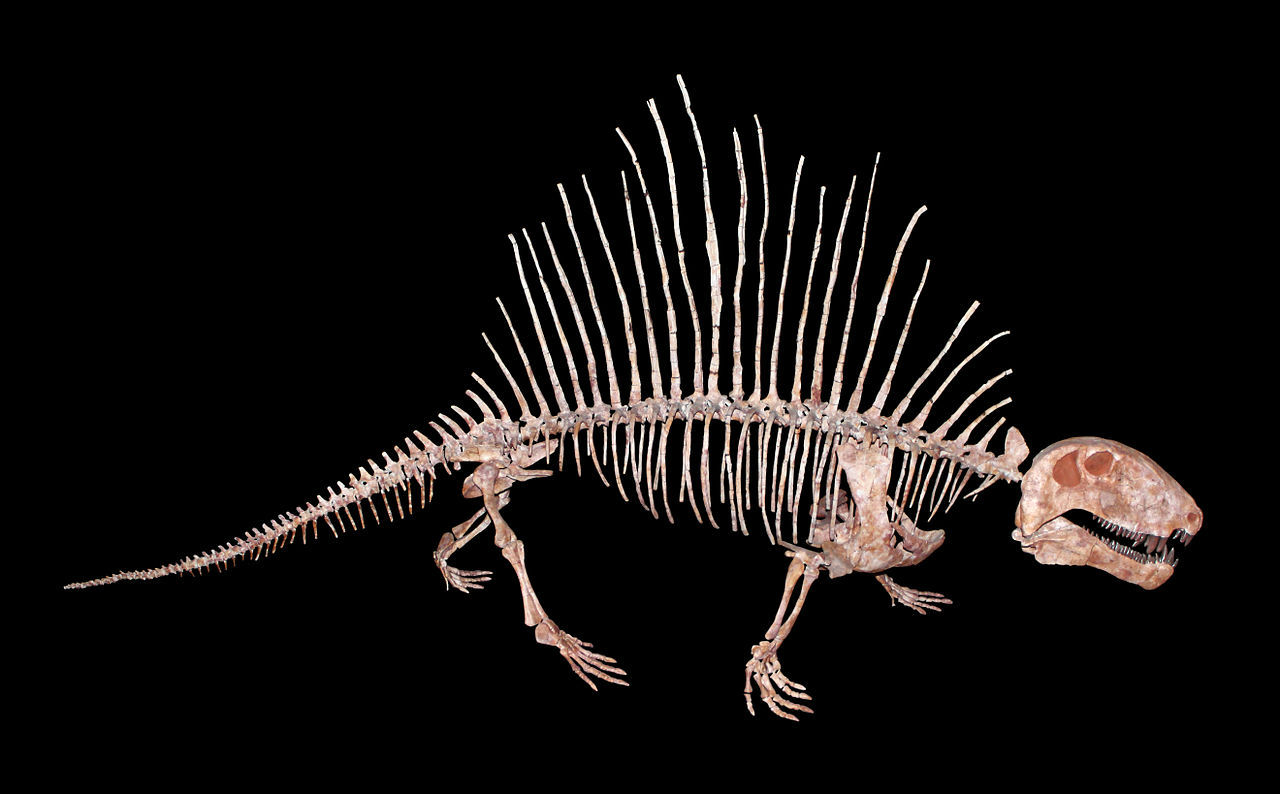- Tel: +86 813 2105845
- Fax: +86 813 2105845
- Mob: +86 13778532392
- Contact: Mr. Jacky
 info@dinosaurs-world.com
info@dinosaurs-world.com Jackydinosworld@gmail.com
Jackydinosworld@gmail.com Jackyyiming@gmail.com
Jackyyiming@gmail.com Jackyzengdinosaursworld
Jackyzengdinosaursworld
- Canadian 'dinosaur' discovered in 1845 rebranded as a Dimetrodon
A fossil found in Canada two centuries ago believed to be from a dinosaur has now been found to be a creature called a Dimetrodon. These large beasts actually pre-date dinosaurs by millions and millions of years.

For the record, the fossil that was found on Canada's Prince Edward Island in 1845 was originally believed to be from a family of dinosaurs called the Bathygnathus borealis. However, a new study of the fossil has found that it is a Dimetrodon borealis.
Dimetrodons fossils are sometimes mistaken for dinosaurs but Dimetrodons, which could grow to 15 feet long (4.6 metres) and up to 550 pounds (250 kilograms), became extinct about 40 million years before dinosaurs existed. They lived during the Early Permian period, 295 to 272 million years ago.
The Dimetrodon walked upon four legs and was a sail-backed beast, with the "sail" being a row of elongated spines that extended up from its vertebrae. It had a curved head, long, slender tail and big teeth of various sizes. Lead author of the study, Kirstin Brink of the Univ. of Toronto at Mississauga, said the teeth from the fossil led to the discovery it was a Dimetrodon.
"It's really exciting to discovered that the detailed anatomy of the teeth has finally allowed us to identify precisely this important Canadian fossil," Brink said in a statement"Dimetrodon is actually more closely related to mammals than it is to dinosaurs."
Professor Robert Reisz, the senior author of the study, said the creature had "blade-like teeth with tiny serrations along the front and back of the teeth, similar to a steak knife." Teeth that Professor Reisz notes were "very effective for biting and ripping flesh from prey."
Discovered by a P.E.I. farmer in a field 170 years ago, there was not at that time a museum in all of what was then Canada to house the fossil. It was sold to a museum in Philadelphia where it was (now apparently) mis-identified as a dinosaur fossil.
The study was published in the Canadian Journal of Earth Sciences.

 2015-11-27
2015-11-27
 New dinosaur species help scientists fill in evolutionary gaps
New dinosaur species help scientists fill in evolutionary gaps Feathered everything: just how many dinosaurs had feathers?
Feathered everything: just how many dinosaurs had feathers? Dinosaur Fossil With Fleshy Rooster's Comb Is First of Its Kind
Dinosaur Fossil With Fleshy Rooster's Comb Is First of Its Kind Scientists finally decode how dinosaurs turned into birds and learned how to fly
Scientists finally decode how dinosaurs turned into birds and learned how to fly Dark matter may have killed the dinosaurs, claims scientist
Dark matter may have killed the dinosaurs, claims scientist New duck-billed dinosaur uncovered in Alaska, researchers say
New duck-billed dinosaur uncovered in Alaska, researchers say
- Contact Us
- Tel: +86 813 2105845
- Fax: +86 813 2105845
- Contact: Mr. Jacky
 info@dinosaurs-world.com
info@dinosaurs-world.com Jackydinosworld@gmail.com
Jackydinosworld@gmail.com Jackyyiming@gmail.com
Jackyyiming@gmail.com Jackyzengdinosaursworld
Jackyzengdinosaursworld
- Copyright @ 2009 - 2020 Zigong Dinosaurs World Science & Technology Co.,Ltd.

